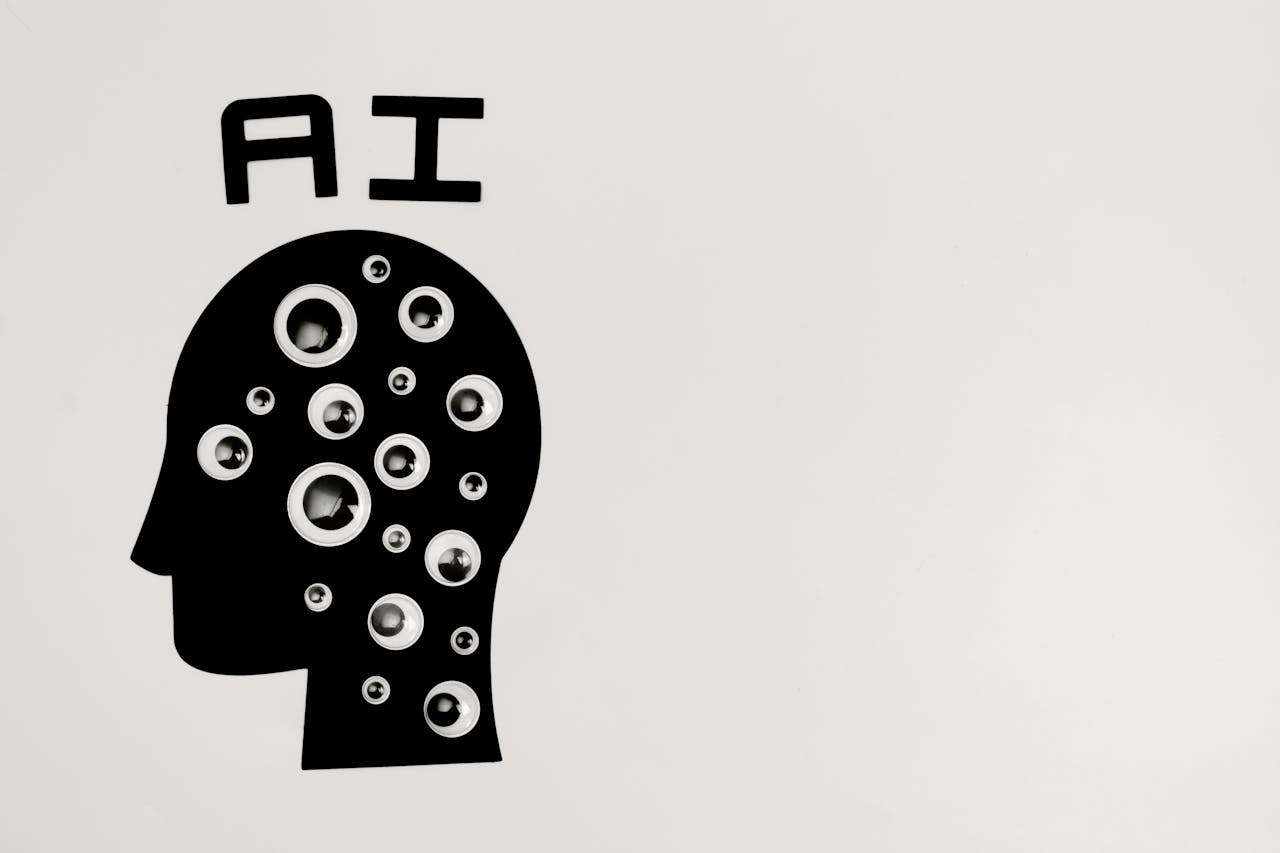GenAI tools like ChatGPT are transforming programming education, their benefits, challenges, and changing the role of educators in responsible AI use.

The journey into programming often begins with a basic “Hello World” program, a simple yet meaningful introduction to coding. You could never really forget the feeling of delight and whimsy of getting a computer to say “Hello World” to you.
Nowadays, many students quickly move beyond this initial step, typing “Hello ChatGPT” or “Hello Copilot” as they dive into the exciting world of programming. Generative AI (GenAI) Tools such as GitHub Copilot, ChatGPT, and Blackbox AI are now popular among both aspiring coders and professionals, promising to simplify coding, increase efficiency, and make programming more accessible to learners of all skill levels. These tools can be easily added to integrated development environments (IDE), which are special software for coding, such as Visual Studio Code through extensions, but their use must be balanced with developing fundamental programming skills.
The Rise of GenAI Tools in Programming
Let’s start with the benefits.
GenAI tools offer major advantages in programming education. One of the main benefits is the tools’ ability to provide real-time support and debugging. Tools like GitHub Copilot can provide code snippets, identify issues, and even suggest fixes while students code, speeding up the debugging process and allowing students to focus on problem-solving rather than syntax errors (think of these as spelling or grammar errors for code).
Additionally, GenAI encourages learning by functioning as an intelligent, tireless tutor who is available 24/7, providing individualized explanations and examples for programming concepts such as loops and arrays, allowing students to obtain deeper knowledge faster. GenAI supports experimentation by reducing students’ fear of making mistakes, allowing them to openly explore new coding techniques and engage more deeply with learning material without fear of judgment.
Another advantage of GenAI is that it exposes students to industry best practices, giving them an idea of what clean, efficient, and maintainable code looks like, thus encouraging them to produce code of the same quality.
Potential Drawbacks and Challenges of GenAI
Despite its benefits, GenAI has several drawbacks that we should address. One major concern regarding using GenAI to learn to program is overreliance, in which students may copy code without understanding it, resulting in shallow comprehension and difficulties when AI tools are unavailable.
“AI responses can be inaccurate or misleading.” We typically see a disclaimer like this on each GenAI we use. Let’s face it, GenAI is not perfect. It might produce code with correct syntax, but with wrong logic, which may confuse students who naively trust its outputs. This may compromise students’ problem-solving abilities, a basic ability in programming because by relying on GenAI, they did not need to put in the cognitive effort required to troubleshoot and discover solutions independently.
Then, there are also ethical concerns. Students may misuse AI-generated code in assessments and claim the work as their own. Not only does this compromise their academic integrity via plagiarism, but it can also result in a lack of learning compared to if they completed the task using their own abilities.
The Role of Educators in Guiding GenAI Use
That said, I believe that responsibly using GenAI effectively requires understanding both its advantages and potential drawbacks. Students should actively question GenAI outputs, including why the code provided works and its limitations, ensuring they understand the logic behind its coding suggestions and experiment by modifying their codes to make the learning meaningful. Combining GenAI with traditional methods like live coding and group work reinforces students’ understanding of programming concepts while leveraging AI support. Additionally, students should be educated on the ethical aspects of GenAI use, such as academic integrity and proper citation to help them be more responsible and accountable learners.
GenAI has enormous potential to transform programming education, making it more accessible, engaging, and efficient. However, its value lies in how it is used. Students must view GenAI as a tool to aid their learning, not as a substitute for their efforts, while educators play a critical role in guiding its proper use to complement skill development rather than hinder it.
My advice to students on using GenAI: Use it wisely, learn to critically evaluate what it produces, and do not ever stop asking questions as real mastery is the result of practice and understanding, not from pass rates.
In conclusion, the introduction of GenAI into programming education is an important milestone, with tremendous potential to transform how we learn and teach. At our School of Information and Communication Technologies in Swinburne University of Technology Sarawak, we recognize both the potential and limitations of these tools. By striking the right balance between AI assistance and independent learning, we can prepare students to thrive in an increasingly AI-driven world while maintaining the integrity of their education.
In doing so, we may just be able to postpone the AI apocalypse for another day.
Dr Carmen Chai is a lecturer with the School of Information and Communication Technologies, Faculty of Engineering, Computing and Science at Swinburne University of Technology Sarawak. Dr Chai is contactable at [email protected]

